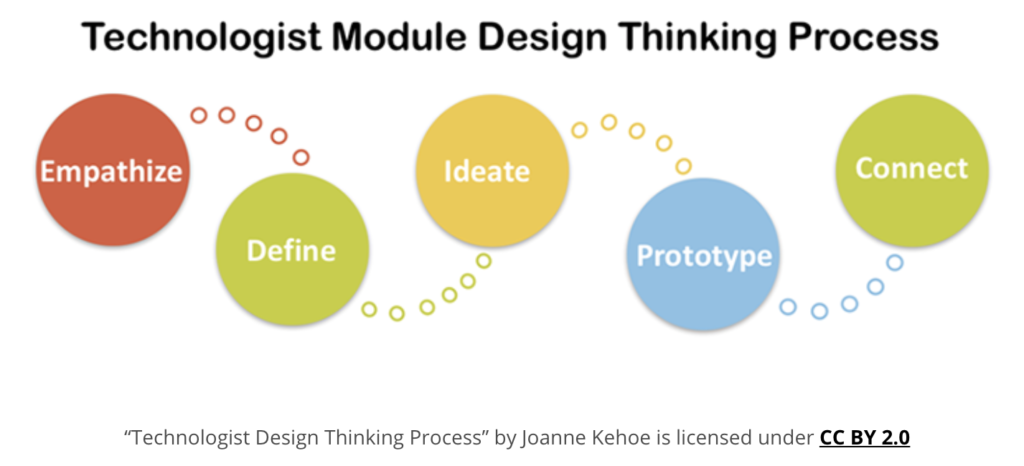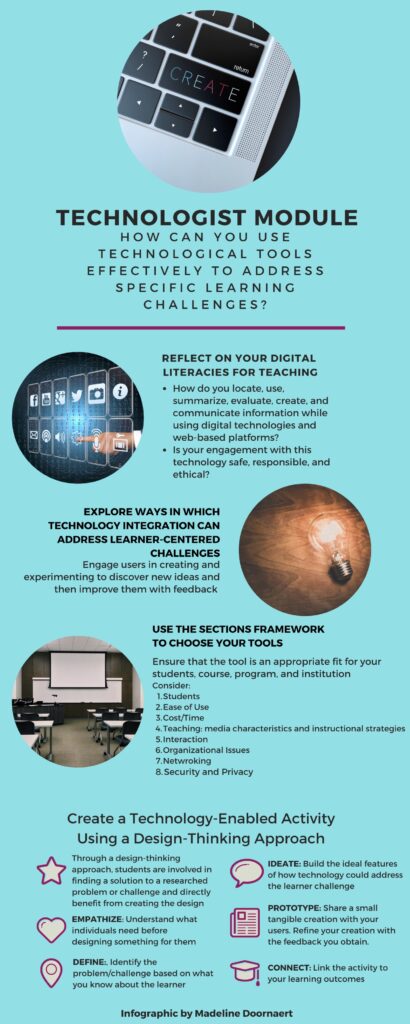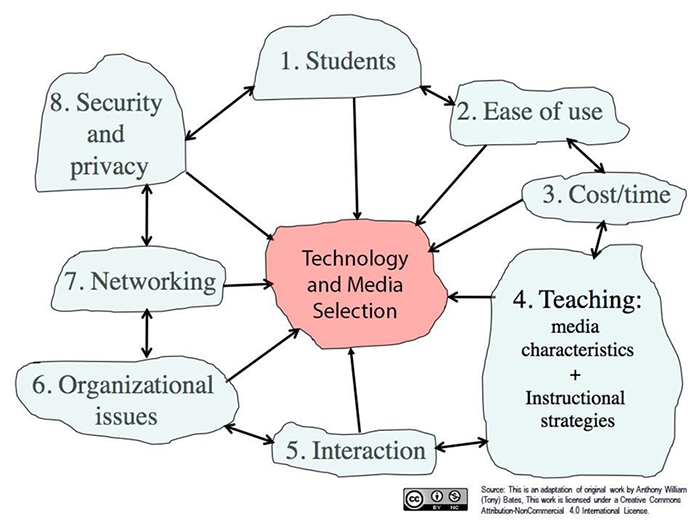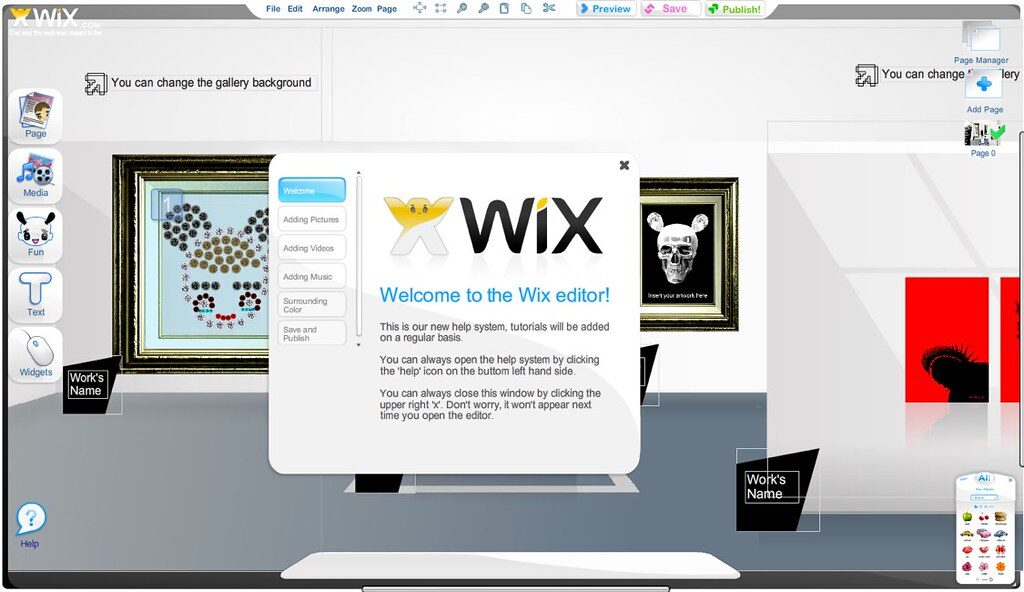While many trendy technology-based educational resources appear to be “groundbreaking” and “revolutionary” in meeting the needs of students, they do not always follow the appropriate steps to effectively “support, facilitate, and enrich” learning experiences. When you are seeking technological resources to meet the needs of students, you must be grounded in the appropriate information and tools to evaluate the strengths and weaknesses of these resources. Do not fall victim to the persuasive businessperson, who has not stepped inside of a classroom in years, claiming that their technological resource will transform the learning experiences in your classroom.

Thankfully there is a module, hosted by Ontario Extend, that can assist you in evaluating the effectiveness of these technological resources.

Extend’s technologist module is designed to assist educators in incorporating technological tools into their classrooms effectively to address specific challenges in learning. The module discusses four learning objectives for educators that apply to their selection, use, and integration of technological tools in the classroom in promotion of evidence-based practice. These steps must be considered before introducing technology into the classroom to address a specific need. Educators should reflect on the digital literacies they have used for teaching, explore ways integrating technology in classrooms can address learner-centered challenges, use the SECTIONS framework to determine if a technological tool is effective for teaching and learning, and use a design-thinking approach to create a learning activity involving technology.
I have created an infographic that elaborates on the objectives of this module:

This infographic could be useful as a reference in many educational settings. Educators who plan to introduce new technological resources to their classrooms could review this infographic and verify that their process and product is aligned with the steps of effectively supporting the needs in classes through the use of their digital technology.

As a high school music teacher candidate, I have already applied these steps to evaluating the technological resources I have encountered in my own lesson planning. I have already collected some new technological tools for potential future lessons because they aligned with the learner-centered steps outlined by the module. For example, recording softwares and applications Audacity, GarageBand, and Voice Memo have the potential of enhancing learning experiences, as they include all elements of the SECTIONS framework. They provide multiple methods of differentiation and do not require personal data to be used at no cost. Specific collaborative assignments can encourage face-to-face networking in classrooms for students using these programs. The learning experiences involving these programs can be tailored to the needs of most students.

There are numerous considerations to be made when introducing technology to your classroom. Follow the appropriate steps and you will likely avoid excluding learners from enriching experiences in your classroom.




